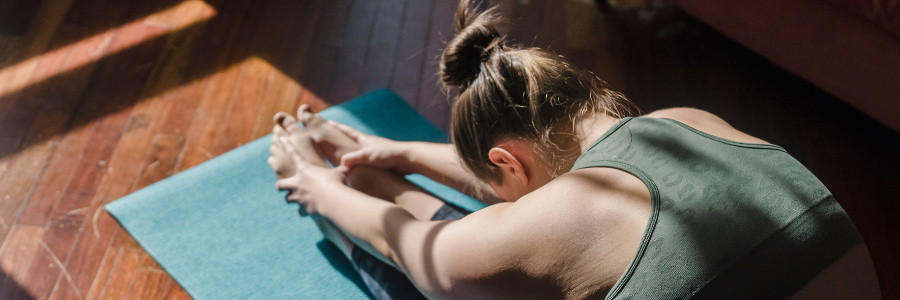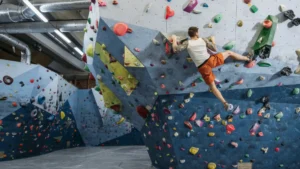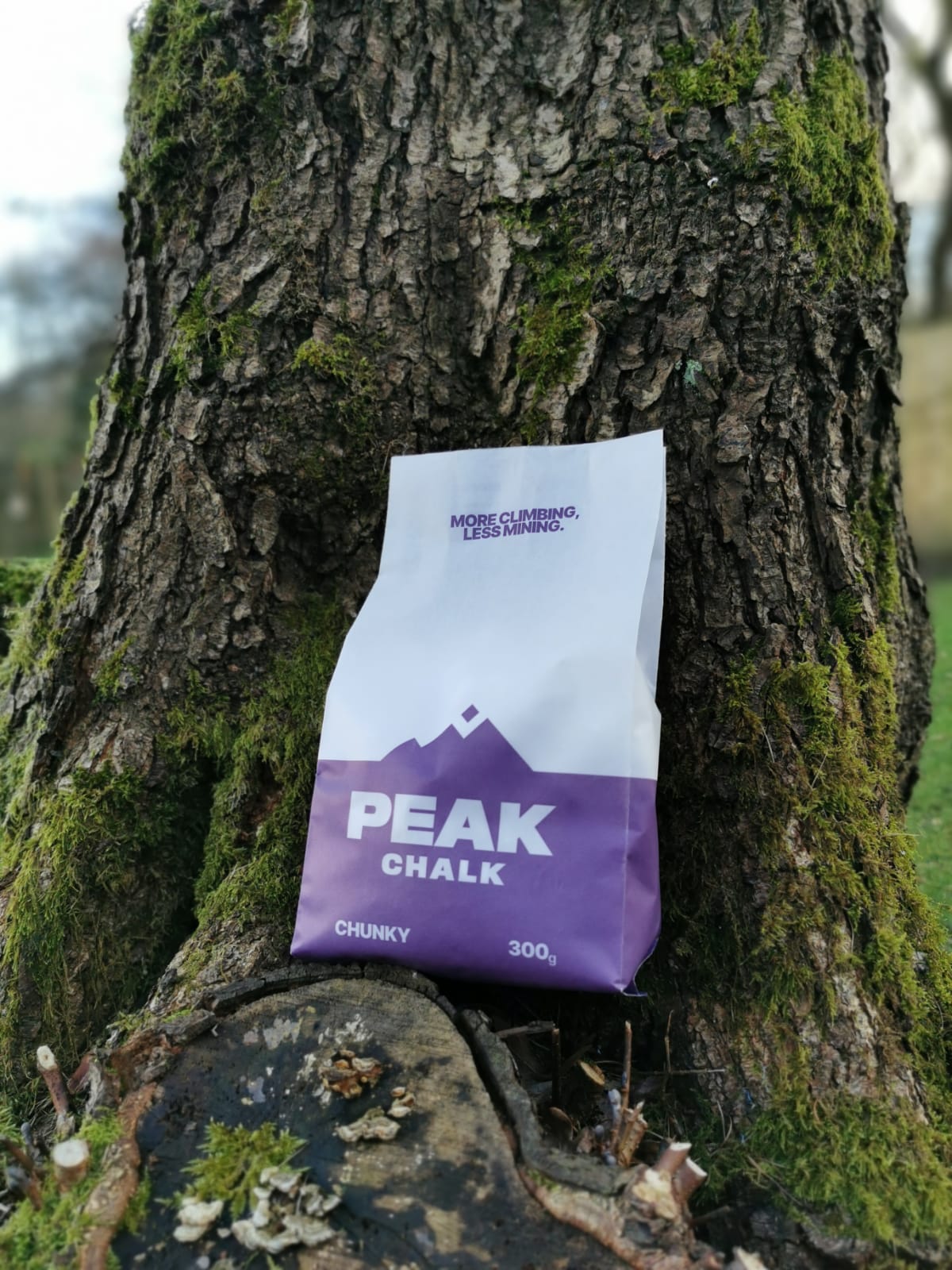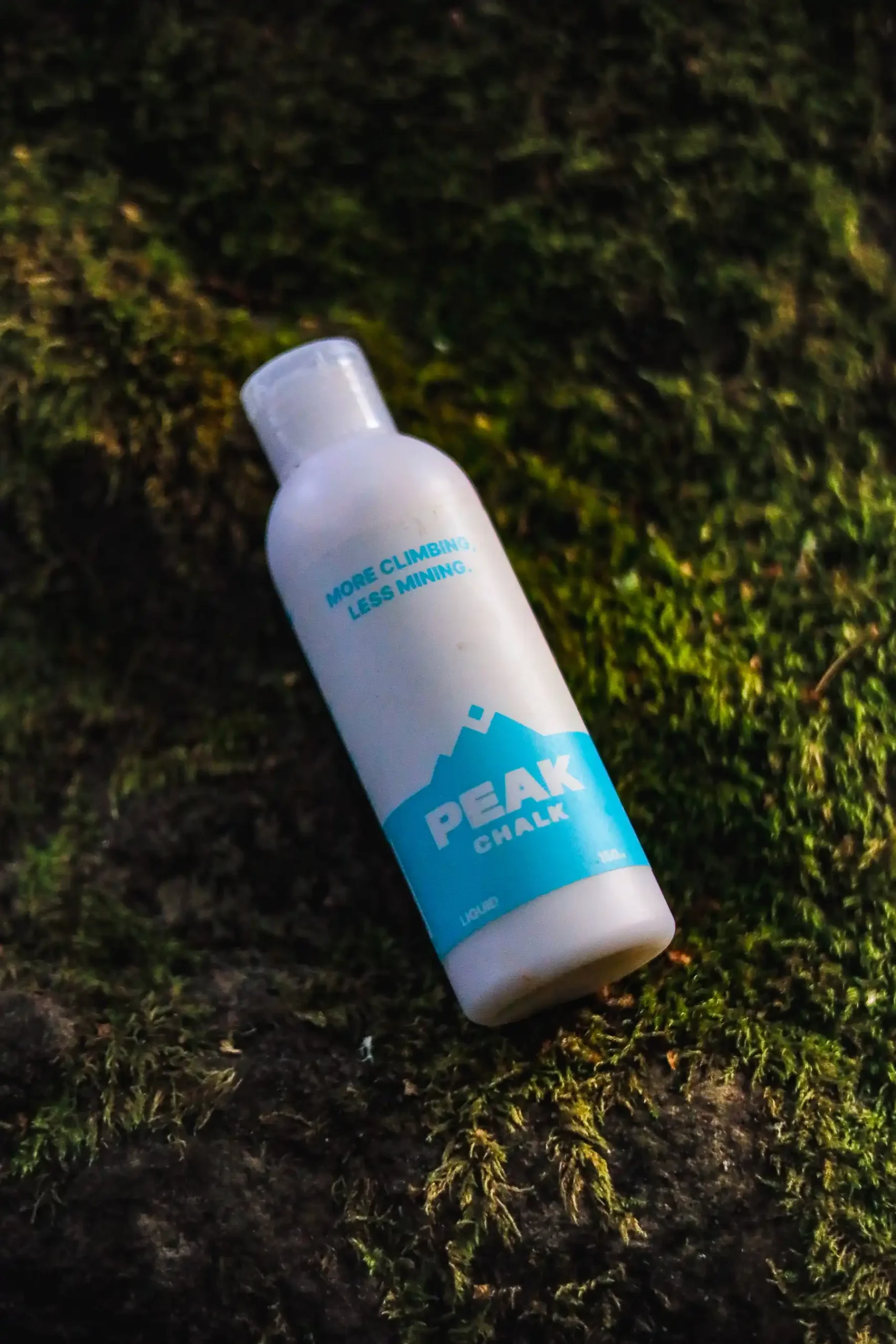Climbing is an intense physical activity that demands strength, flexibility, and endurance. To perform at your best and reduce the risk of injury, incorporating proper warm-up and cool-down routines into your climbing regime is essential. These routines prepare your body for the physical demands of climbing and aid in recovery afterward. Here’s why they are important and how to integrate them into your climbing sessions.

Why Warm-Up and Cool-Down Routines Matter
Warm-up and cool-down routines serve several critical functions:
- Injury Prevention: Warming up increases blood flow to muscles, making them more pliable and less prone to strains and sprains. Cooling down helps reduce muscle stiffness and soreness, preventing long-term injuries.
- Enhanced Performance: A proper warm-up prepares your muscles and joints for the physical demands of climbing, improving your strength, coordination, and overall performance.
- Improved Flexibility: Stretching during warm-ups enhances your range of motion, which is crucial for reaching and maintaining holds.
- Mental Preparation: Warm-up routines also help you mentally prepare for the climb, enhancing focus and reducing anxiety.
- Recovery: Cooling down aids in the removal of metabolic waste products from your muscles, facilitating faster recovery and reducing fatigue.
Warm-Up Routine for Climbers
A comprehensive warm-up should include both general and climbing-specific exercises. Here’s a step-by-step guide:
- General Warm-Up:
- Light Cardio (5-10 minutes): Start with light cardio to increase your heart rate and warm up your muscles. This can include jogging, jumping jacks, or cycling.
- Dynamic Stretching (5-10 minutes): Perform dynamic stretches to loosen up your muscles and joints. Focus on movements that mimic climbing actions:
- Arm Circles: Extend your arms and make small to large circles to warm up your shoulders.
- Leg Swings: Swing your legs forward and backward, then side to side to activate your hip flexors and hamstrings.
- Torso Twists: Rotate your torso side to side to loosen your core muscles.
- Climbing-Specific Warm-Up:
- Easy Climbing (5-10 minutes): Start with easy routes or boulders that are well below your maximum difficulty. Focus on smooth, controlled movements to engage your climbing muscles.
- Finger Warm-Up (3-5 minutes): Use a grip trainer or hang on a hangboard with low intensity to warm up your fingers and forearms.
- Mobility Drills (5-10 minutes): Incorporate mobility exercises that target your climbing-specific muscle groups:
- Wrist Circles: Rotate your wrists in both directions to prepare them for gripping holds.
- Hip Openers: Perform deep lunges or yoga poses like the Pigeon Pose to open up your hips.
Cool-Down Routine for Climbers
After an intense climbing session, cooling down is crucial to aid recovery and prevent injury. Here’s how to cool down effectively:
- Light Cardio (5-10 minutes): Gradually lower your heart rate with light cardio exercises like walking or slow cycling.
- Static Stretching (10-15 minutes): Perform static stretches to relax your muscles and improve flexibility. Hold each stretch for 20-30 seconds without bouncing:
- Shoulder Stretch: Extend one arm across your body and use the opposite hand to pull it closer, stretching your shoulder.
- Triceps Stretch: Raise one arm overhead and bend the elbow, using the opposite hand to gently push the elbow down, stretching the triceps.
- Forearm Stretch: Extend one arm with the palm facing up and use the other hand to gently pull the fingers back, stretching the forearm.
- Hamstring Stretch: Sit on the ground with one leg extended and the other bent, reaching for your toes to stretch the hamstrings.
- Calf Stretch: Stand with one foot forward and the other back, pressing the back heel into the ground to stretch the calf.
- Foam Rolling (5-10 minutes): Use a foam roller to release tension and knots in your muscles. Focus on areas like your back, legs, and forearms.
- Breathing Exercises (5 minutes): Finish your cool-down with deep breathing exercises to relax your body and mind. Try diaphragmatic breathing by inhaling deeply through your nose, expanding your abdomen, and exhaling slowly through your mouth.
Conclusion
Incorporating warm-up and cool-down routines into your climbing sessions is essential for optimizing performance, preventing injuries, and enhancing recovery. By dedicating time to these routines, you’ll prepare your body for the physical demands of climbing and ensure a quicker, more effective recovery afterward. Remember, a well-prepared climber is a successful and injury-free climber. For an eco-friendly climbing chalk please check out our online shop and follow us on Instagram for more content like this.








